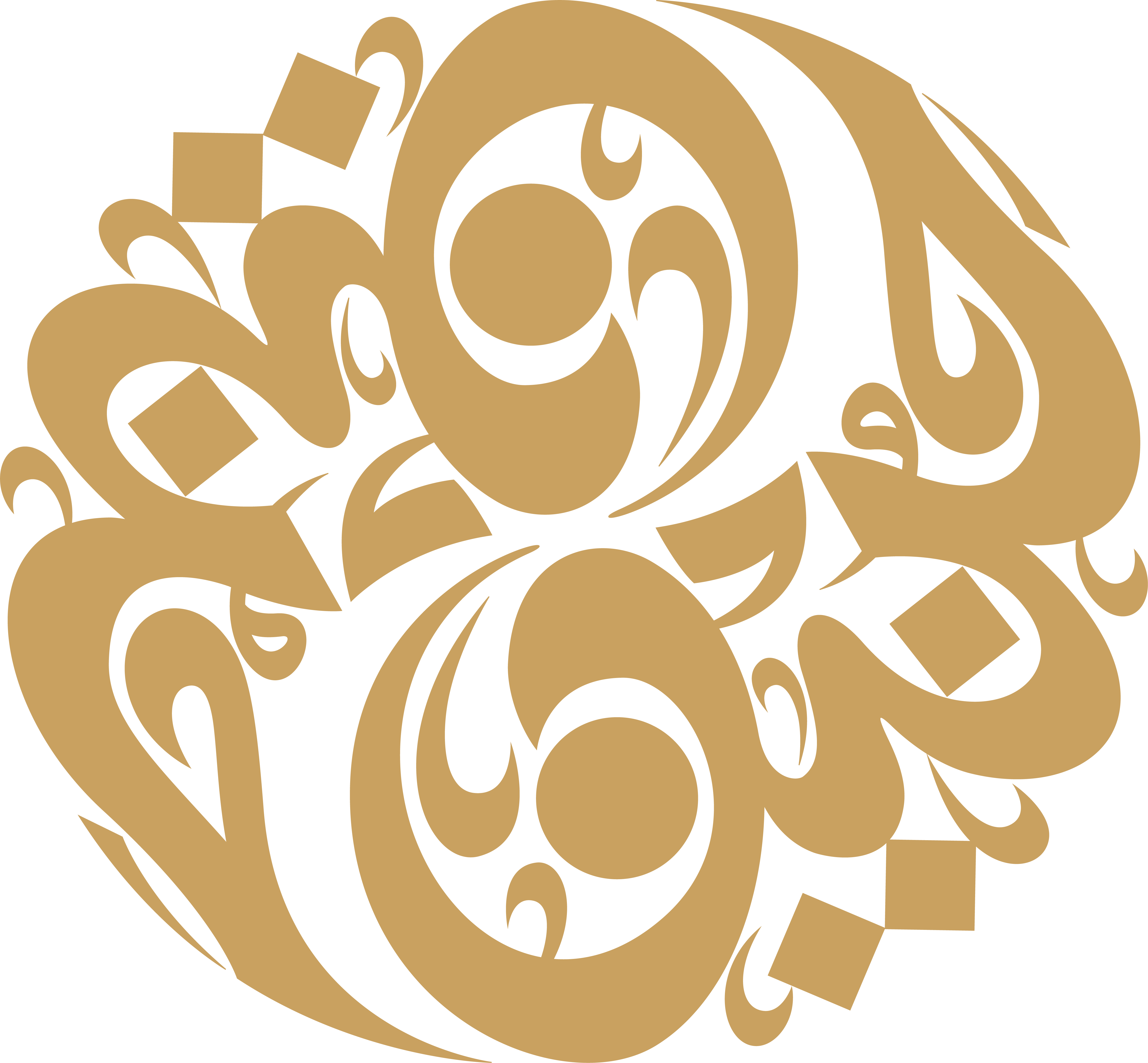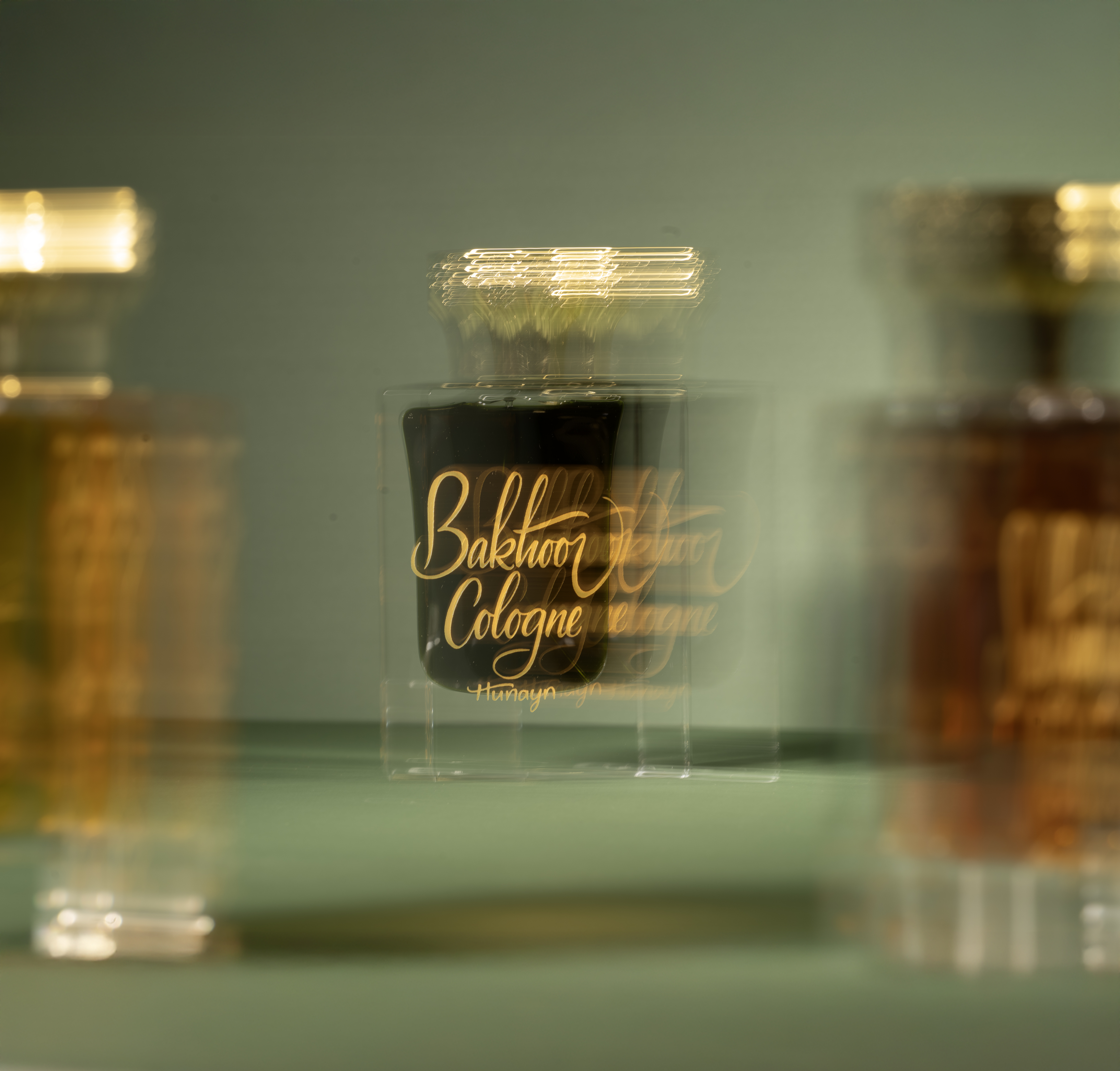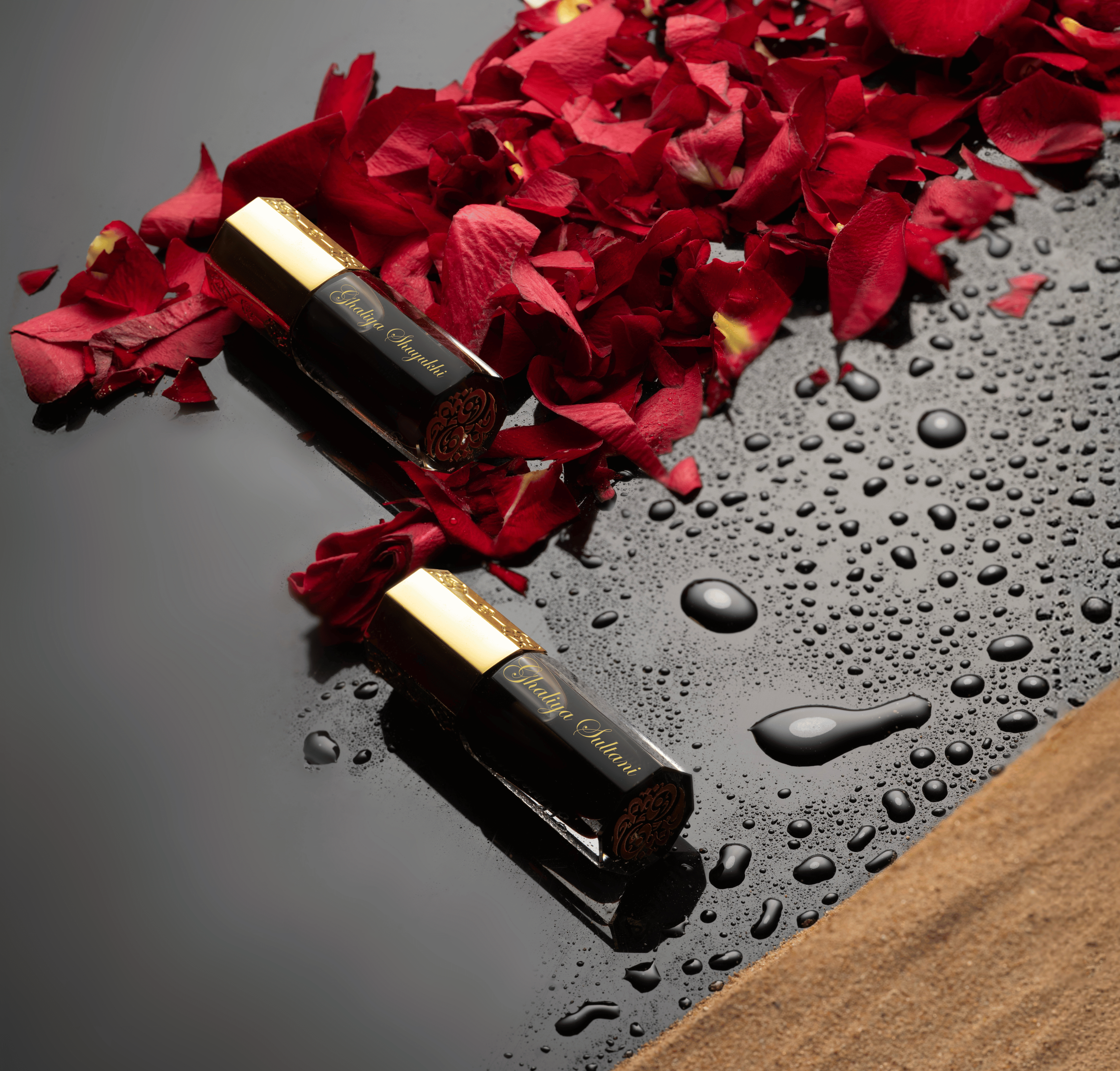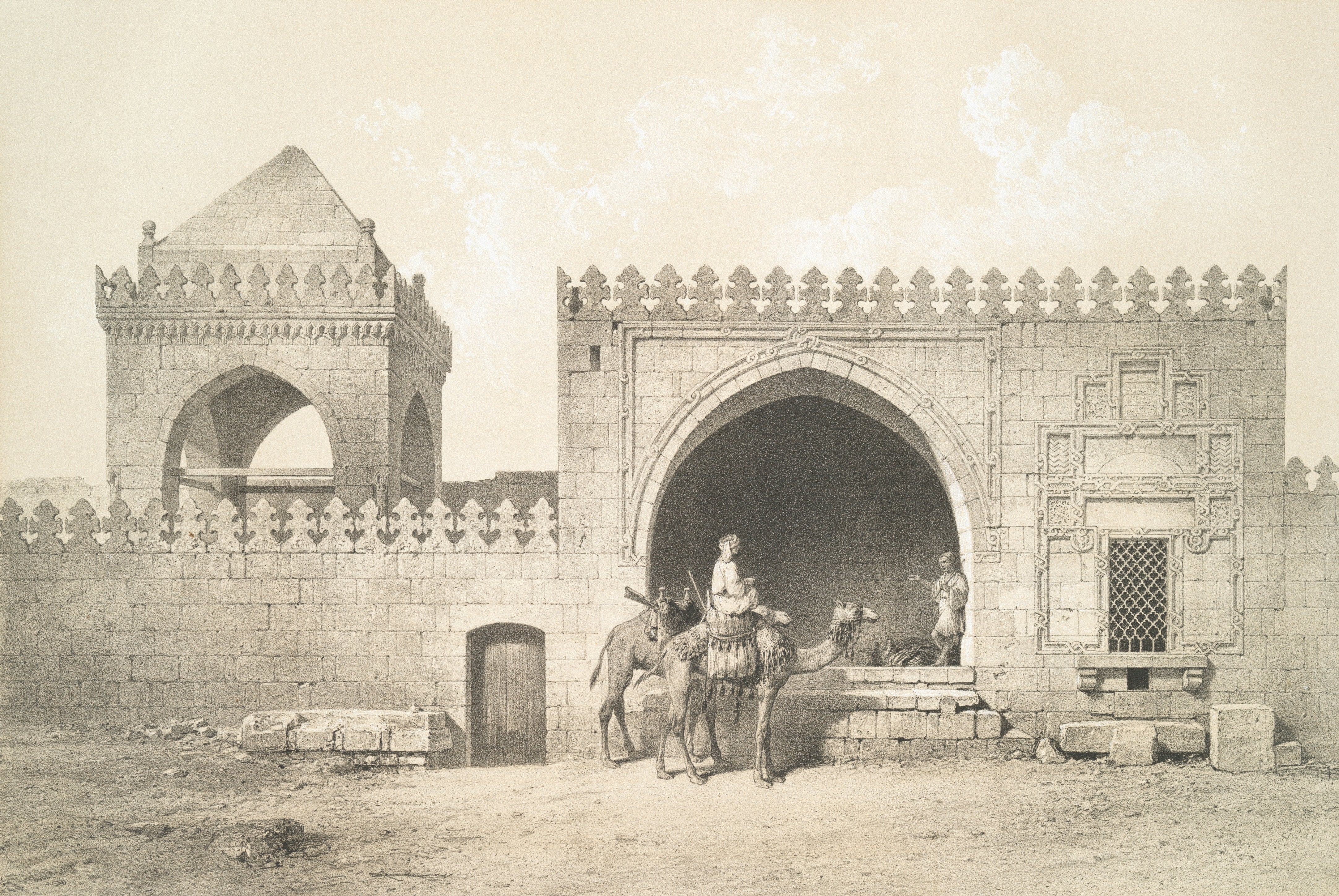
The Signature Scents of Empires
Originally produced for Hunayn by Dr. Aliya Ali
In the early Islamic world, scent was more than a luxury, it was a statement of power, prestige and cultural exchange. From the 7th century onward, as the Islamic empire expanded across vast and diverse territories, it encountered a remarkable range of aromatic materials. These included rare woods, striking resins, and animal-derived substances that were quickly absorbed into Islamic traditions of perfumery, medicine and ritual.
Among the most prized fragrances were two compound perfumes: nadd and ghāliya. These richly layered blends combined three of the most coveted ingredients in the Islamic olfactory repertoire, musk, ambergris and agarwood. Known for their depth, longevity and complexity, these perfumes were strongly associated with refinement and elite taste, and were often used in courtly and ceremonial settings.
While saffron was commonly cultivated in the Mediterranean and valued for its culinary and medicinal uses, the most important perfume ingredients were sourced from beyond the Islamic heartlands, in regions broadly referred to as “India.” These included agarwood, sandalwood, musk, ambergris and camphor. Cinnamon was also imported, though it was primarily used as a spice or in medical formulations rather than as a perfume base.
These five substances, agarwood, sandalwood, musk, ambergris and camphor, dominated the perfume trade and defined the sensory palette of the Islamic world. Their popularity was not just due to their powerful and pleasing aromas, but also because of what they represented: distance, difficulty, and desirability. To own or offer such perfumes was to signal access to expansive trade networks and to participate in a shared culture of taste that stretched from China and India to the Mediterranean and North Africa. Their prestige is reflected in literary texts, medical treatises and records of diplomatic gifts. In fact, some Arabic sources that include chapters on perfumery mention only three, agarwood, musk and ambergris, highlighting their singular status.
One of the most detailed early sources on perfume is The Book of the Chemistry of Perfume by al-Kindī (c. 801–873). This influential text contains 107 perfume recipes, including 14 that feature musk, 11 with camphor, and five each with ambergris and agarwood. Al-Kindī also recorded recipes for compound perfumes such as nadd, ramāq and ghāliya, as well as formulas based on jasmine, frankincense, myrtle, and cinnamon. His work reflects both the scientific curiosity and the practical refinement of the Abbasid court, where perfume was as much a marker of sophistication as scholarship.
Earlier still, the physician Ibn Māsawayh (777–857) classified perfume ingredients into two categories in his work On Simple Aromatic Substances. The “essential” category included musk, ambergris, agarwood, camphor and saffron. A second, broader group featured substances such as rose, sandalwood, cinnamon, clove, and storax, many of which were valued but seen as secondary to the more prestigious core five.
Poetic and literary traditions also preserve this hierarchy of scent. The 10th-century poet al-Sarī ibn al-Raffāʾ, in his treatise The Book on the Beloved; and on What is Smelled and What is Drunk, devotes an entire chapter to perfumes. His list, musk, ambergris, camphor, nadd and ghāliya, reveals the enduring cultural importance of these particular substances and their role in shaping sensory ideals.
By the high medieval period, four perfumes in particular, musk, ambergris, camphor and agarwood, emerged as dominant. These were not just fragrances but cultural objects, often exchanged as diplomatic gifts, used in religious ceremonies, and referenced in medical and literary texts. Musk, with its earthy and intense aroma, was admired for its sensuality and longevity. Ambergris, a rare secretion from sperm whales, was sought after for its fixative properties and marine mystique. Camphor offered a cool, sharp scent and was also valued for its purifying and medicinal uses. Agarwood, dark and resinous, was deeply associated with ritual and spiritual refinement, often burned as incense or worn as perfumed oil.
Each of these ingredients required labour-intensive processes and long-distance trade. They were costly, carefully prepared, and often reserved for the elite. Yet over time, they came to shape broader Islamic aesthetics of cleanliness, sanctity and sensory pleasure. While other substances such as rose or saffron were widely appreciated and used, it was musk, ambergris, camphor and agarwood that defined the olfactory world of power.
In these scents we find not only traces of distant geographies but also the essence of empire: prestige, exchange and the pursuit of beauty through material culture. Perfume, in the early Islamic world, was not merely decoration, it was a medium through which empire breathed.
In our next piece, we will explore in greater detail how ambergris, camphor, agarwood and musk entered the Islamic world, tracing their trade routes, ritual uses and the cultural meanings they carried from coastlines and forests into the heart of Islamic society.





Leave a comment
This site is protected by hCaptcha and the hCaptcha Privacy Policy and Terms of Service apply.